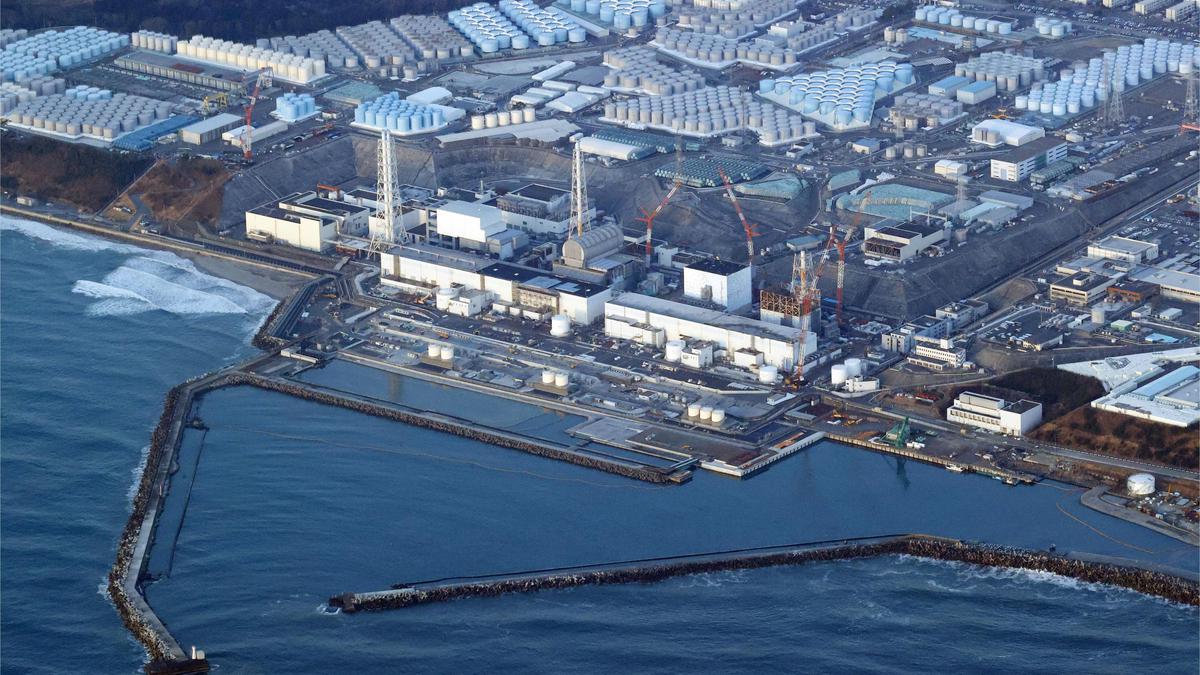
Japan stops releasing poisonous water into the sea
Japan has stopped releasing poisonous water into the sea. This decision was taken after the earthquake near the Fukushima plant on Friday morning. A magnitude 5.8 earthquake struck off the northeastern coast of Fukushima. There was a tsunami here in 2011, which caused a lot of damage to the plant.
Tokyo Electric Power Company, which is overseeing the water release, wrote on X – The earthquake has not affected the water release process. However, due to safety reasons the release of water has been stopped.
Japan started releasing 132 crore liters of radioactive water present in its damaged Fukushima nuclear plant into the Pacific Ocean on August 24, 2023.
There are still tritium particles in the water
According to Japan’s Foreign Ministry, the water was cleaned before releasing it into the ocean. However, according to reports, it still contains tritium particles even after cleaning. Tritium is a radioactive material. It is very difficult to separate it from water. This can cause diseases like cancer.
China, South Korea had opposed the release of water
South Korea, China and Australia had opposed the release of water into the Pacific Ocean. According to the New York Times, in the 1940s, countries like America, Britain and France conducted several nuclear tests one after the other in the South Pacific. The people living on Marshall Islands are still suffering the consequences of this.
However, there is a big difference between conducting nuclear tests and releasing water used to cool nuclear reactors into the ocean. Despite this, its impact cannot be denied. After the 2011 tsunami, many countries like South Korea had banned the import of seafood and other food items from Fukushima due to safety concerns.
Why was the water being drained...
Tokyo Electric Power (TEPCO), the company that maintains the nuclear plant, said that the quantity of water can be estimated from the fact that it is enough to fill 500 Olympic sized swimming pools. . It is also necessary to remove this water from there, so that the nuclear plant can be destroyed.
The cooling system of the plant had come to a standstill due to the tsunami
Due to the tsunami that occurred in March 2011, the cooling and electricity system of the Fukushima nuclear plant had come to a standstill. Due to the heat, the cores of the three reactors present there had melted, due to which a large amount of radiation was spread.


